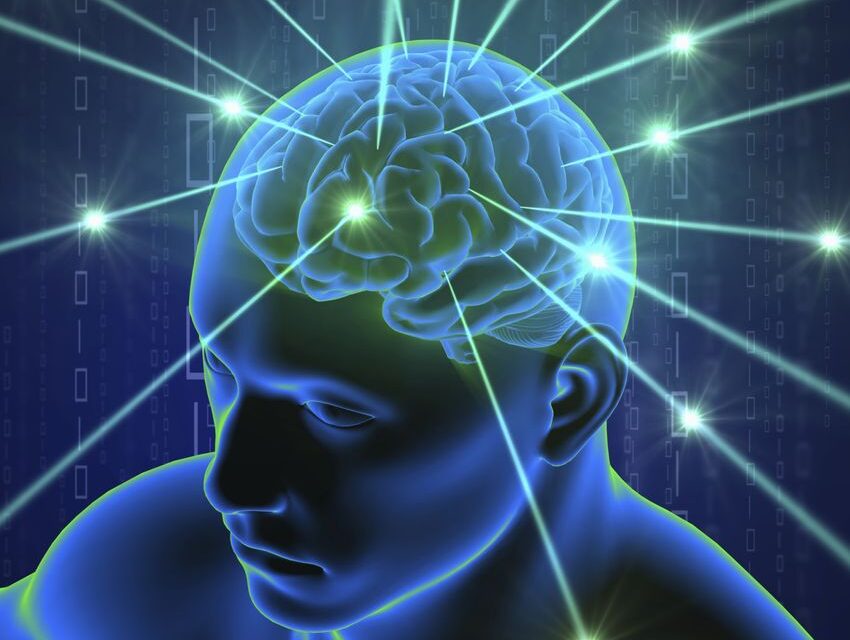In a groundbreaking study published in the journal Science Advances, researchers have identified a biological basis for the storage of long-term memories, centered around a molecule known as KIBRA. This discovery sheds light on the intricate molecular interactions that enable the brain to retain information over extended periods.
The Role of KIBRA
The study reveals that KIBRA acts as a “glue” to solidify memory formation by interacting with other crucial molecules, notably protein kinase Mzeta (PKMzeta). “Previous efforts to understand how molecules store long-term memory focused on the individual actions of single molecules,” said André Fenton, a professor of neural science at New York University and one of the study’s principal investigators. “Our study shows how they work together to ensure perpetual memory storage.”
Todd Sacktor, a professor at SUNY Downstate Health Sciences University and senior author of the study, highlighted the potential impact of these findings: “A firmer understanding of how we keep our memories will help guide efforts to illuminate and address memory-related afflictions in the future.”
Stability of Memories Over Time
Neurons store information through strong and weak synapses, but the instability of molecules in synapses has long raised questions about the stability of memories over time. The research, which utilized laboratory mice, pinpointed KIBRA as a key component that ensures memory persistence. KIBRA acts as a “persistent synaptic tag,” selectively binding to strong synapses and PKMzeta while avoiding weak ones. This selective binding allows PKMzeta to continually strengthen specific synapses.
“During memory formation, the synapses involved are activated, and KIBRA is selectively positioned in these synapses,” Sacktor explained. “PKMzeta then attaches to the KIBRA-synaptic tag and keeps those synapses strong. This allows the synapses to stick to newly made KIBRA, attracting more newly made PKMzeta.”
Enhancing and Erasing Memories
The experiments demonstrated that disrupting the KIBRA-PKMzeta bond can erase old memories, while increasing PKMzeta can enhance weak or faded memories. This persistent synaptic tagging explains the enhanced memory effect observed in previous studies.
“The persistent synaptic tagging mechanism for the first time explains these results that are clinically relevant to neurological and psychiatric disorders of memory,” Fenton said.
A Concept 40 Years in the Making
The research supports a concept introduced by Francis Crick in 1984, akin to the philosophical idea of Theseus’s Ship, where new planks replace old ones to maintain the ship. “The persistent synaptic tagging mechanism we found is analogous to how new planks replace old planks to maintain Theseus’s Ship for generations, and allows memories to last for years even as the proteins maintaining the memory are replaced,” said Sacktor.
“Francis Crick intuited this Theseus’s Ship mechanism, even predicting the role for a protein kinase. But it took 40 years to discover that the components are KIBRA and PKMzeta and to work out the mechanism of their interaction.”
Conclusion
This study provides a deeper understanding of how long-term memories are stored and maintained in the brain, opening new avenues for addressing memory-related disorders. The identification of KIBRA and PKMzeta as key players in memory persistence represents a significant advancement in neuroscience, promising to enhance both our knowledge and treatment of memory-related conditions.











